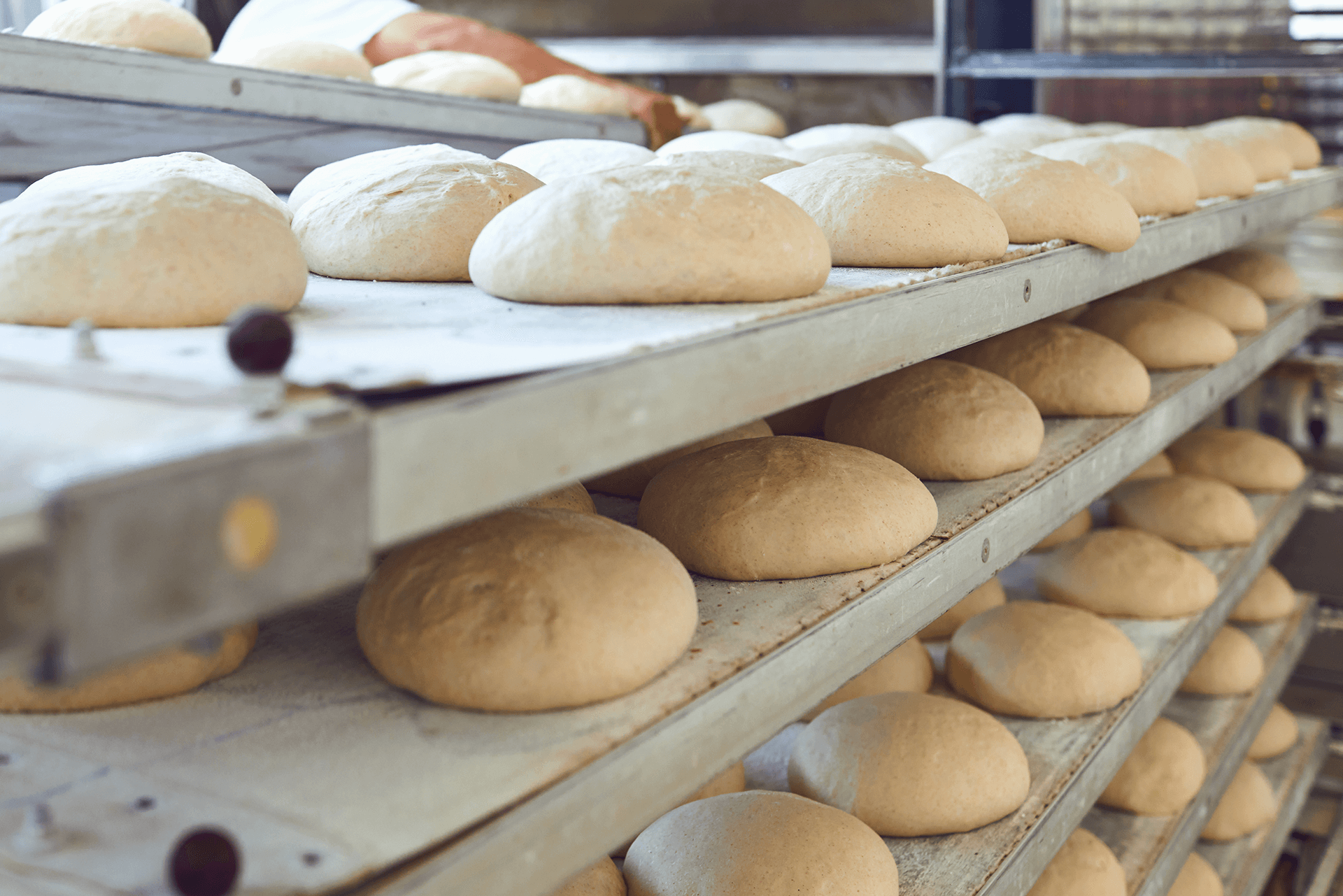The use of dough retarders in the Australian baking industry has flourished in recent years, to the extent that most bakers will have had some exposure to this method of dough processing (don’t be concerned if you haven’t as we discuss the technique here).
To explain, to retard dough is to delay the fermentation process for a period of time. This involves reducing and maintaining the temperature of the dough in a controlled humidity and temperature environment.
Generally, moulded dough pieces are placed into a retarder for a set period of time, e.g. 48 hours. This enables a bakery to produce a product to a stage where it can be stored in the retarded state. It can then be easily taken out of the retarder unit to be fully fermented and baked off at a time to suit.
Some retarder units have programmable facilities to allow automatic switching on and recovery to a fully proofed product, combining retarding and proofing functions.
Formulations for retarded doughs vary greatly depending on the type of product being made, but generally most formulations are suitable for retarding for some period of time. However, some changes to formulations, such as yeast levels, may be necessary. To give an example, enriched doughs are more receptive to retarding and can be given shorter recovery periods.
Recovery time will vary according to the formulation used, the size of the dough piece and the temperature and times chosen for retarding the products. These factors should be carefully monitored.
For consistent quality it is important that the retarder unit humidity level be maintained at a relative humidity of at least 85%. This will assist in the prevention of “skinning” on the surface of the product.







